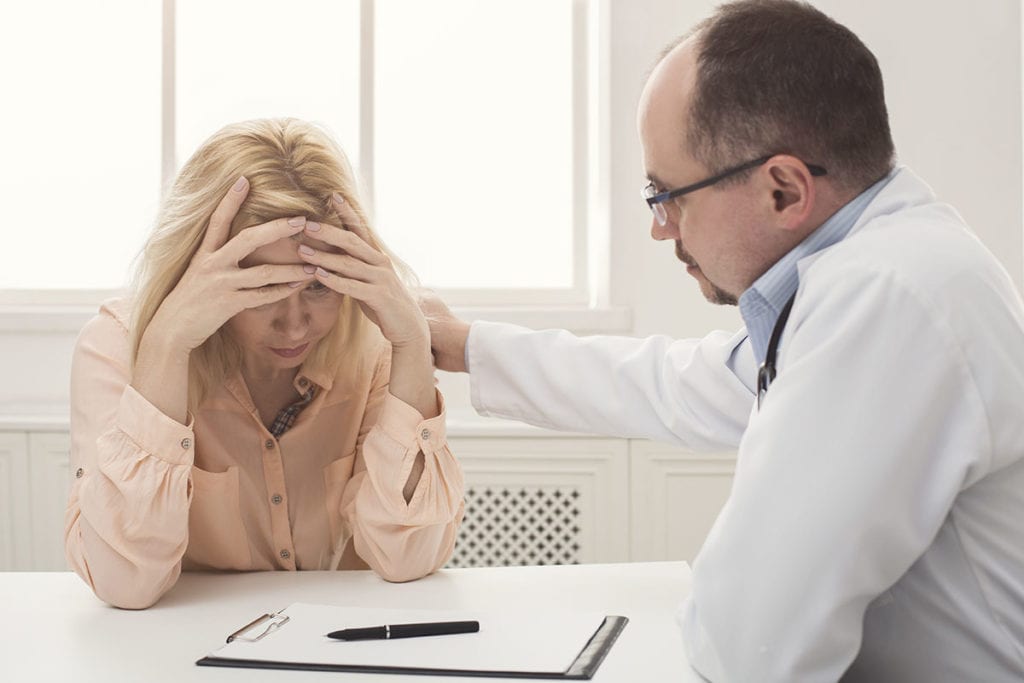Embed and share
Relapse: Returning to Addiction After Sobriety
Did you know that the strongest cravings to use drugs or alcohol after quitting an addictive lifestyle occur several months after sobriety begins? For many individuals, even a 90-day stay in an inpatient rehabilitation facility such as The Ranch PA is not enough to prevent a return to full addiction. Sadly, most people who become addicted to alcohol or drugs suffer a relapse — but even those who start using again can quit for good.
The Difference Between Lapse and Relapse
Imagine you are a recovering addict. You worked hard to achieve your sobriety. You suffered through an intense withdrawal, worked hard to overcome destructive behavior patterns, and built the early foundations of a sober, satisfying lifestyle. Now imagine you are out to dinner with your friends to celebrate a promotion. Would one drink really be so bad? How about two? After all, you used to be able to have just one or two drinks. Suddenly, it’s the next morning and your head is pounding. You feel ashamed and embarrassed. The difference between a lapse and a relapse is this: How do you handle these feelings? Do you call a supportive friend, attend group counseling, and immediately recommit to sobriety? Or do you stay sober for a day or two before repeating the episode and quickly become even more addicted than you were before? Whether you or a loved one has suffered a lapse or a relapse, making and sustaining a newfound commitment to sobriety is possible. At The Ranch PA, we help people every day who found themselves using again after a period of sobriety. For many, relapse is part of the journey to abstinence. Our Recovery Support Team is ready to help you or your loved one rediscover the reasons why staying sober is your most urgent life goal.
Understanding Relapse
Earlier this month, we created an infographic called Relapse: The Revolving Door, all about relapse profiling a full return to an addictive lifestyle after an attempt to quit. Because people take in information in different ways, we decided to turn the static image into the motion graphic you see above. Please take a moment to watch the video, let us know what you think in the comments below or on YouTube, and share it with your friends on Facebook or your followers on Twitter. The video takes you on a journey through some of the most common relapse triggers, its relation to other chronic illnesses, the demographics of treatment admissions, and more. For friends and families of a recovering addict, relapse can be one of the hardest issues to understand. Why can’t their loved one “just get better?” Unfortunately, it isn’t that easy, and we’re hoping that this video helps explain why. Remember that although the five-year relapse rates can be shocking, it varies greatly by the individual and his or her predisposition to relapse. If you make it through the first five years substance-free, your chances of relapse are significantly diminished. Nevertheless, the recent death of actor Philip Seymour Hoffman highlights that relapse can happen at any time — even decades later. Sources: National Institute on Drug Abuse Soberplace Foundations Recovery Network If you enjoyed this video infographic, please share it with your friends! Please help us make a difference!View the Video Infographic on YouTube.

